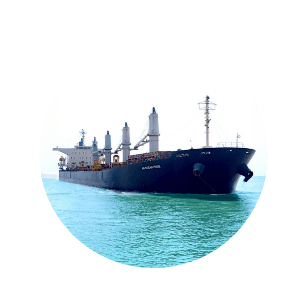Fertilizers & Raw Materials
-

Fertilizers & Raw Materials
-

Nitrogen
-
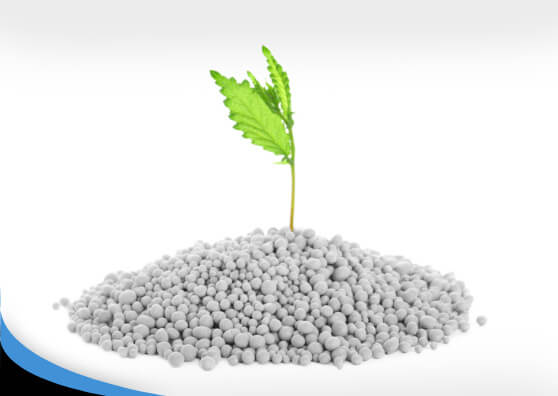
Phosphate Fertilizers
-
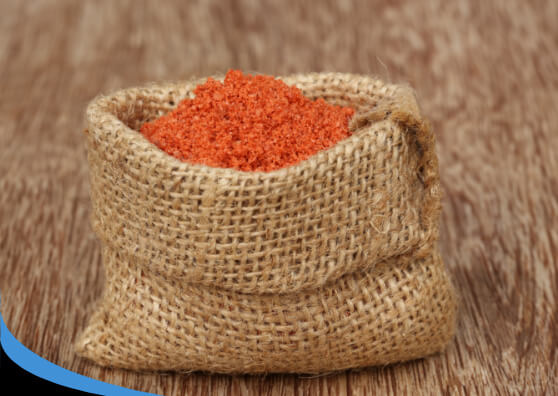
Potash
-

Water Soluble Fertilizers
-
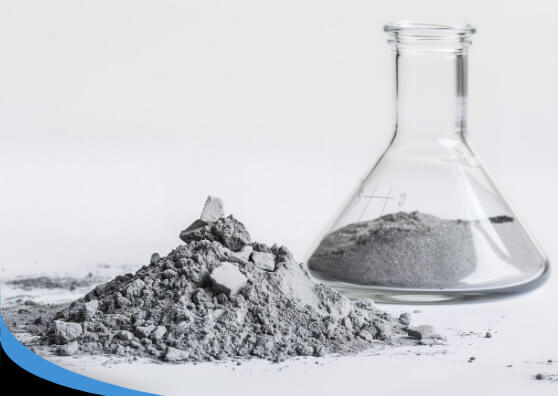
Ammonium Sulphate
-
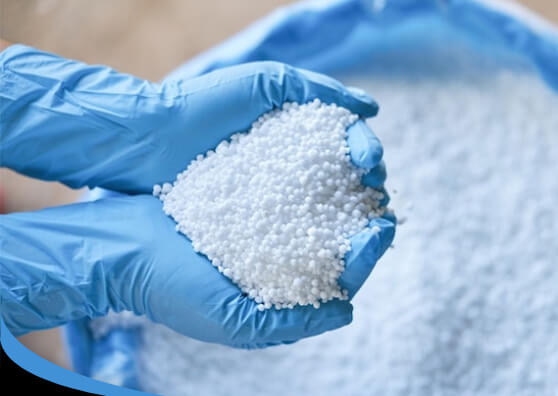
Ammonia
-
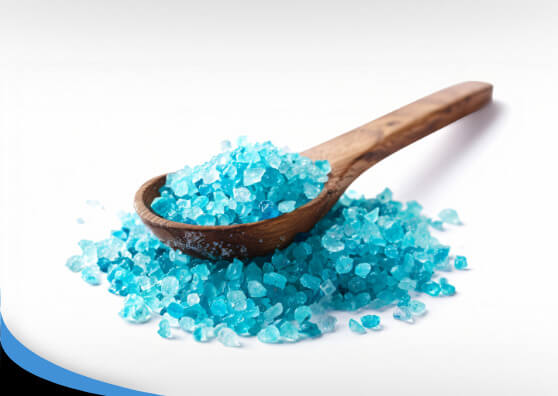
Sulphur
-
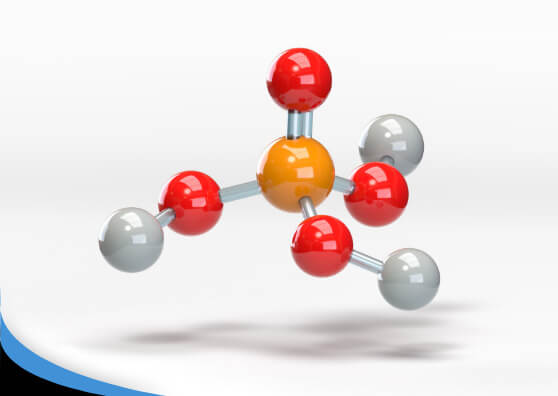
Phosphoric Acid
-
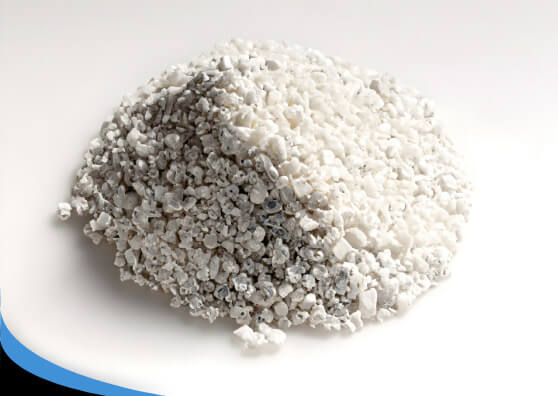
Urea
-
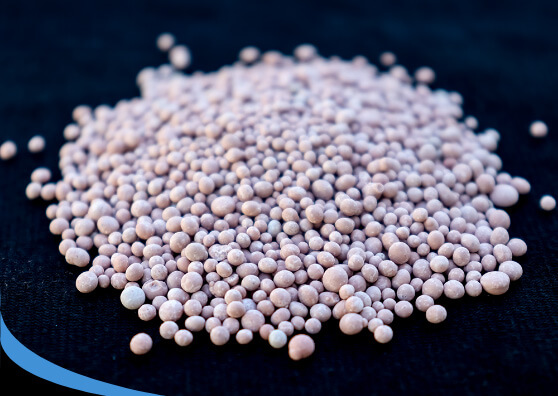
DAP
-
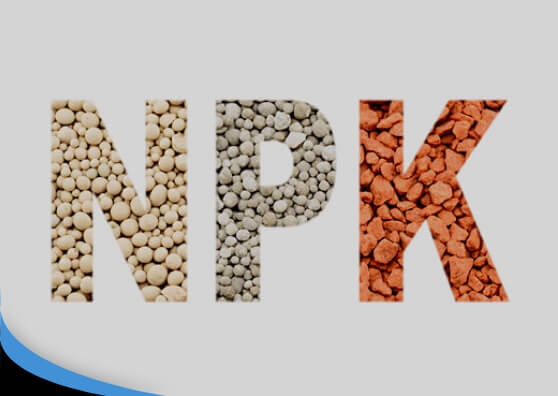
NPK

NPK
NPK is important to your plants. All plants need nitrogen, phosphorus and potassium to grow. Without enough of any one of these nutrients, a plant will fail.
Nitrogen (N) – nitrogen is largely responsible for the growth of leaves on the plant. Phosphorus (P) – Phosphorus is largely responsible for root growth and flower and fruit development. Potassium (K) – Potassium is a nutrient that helps the overall functions of the plant perform correctly.

DAP
Diammonium Phosphate is widely used Phosphatic fertilizer and has high nutrient contents both Phosphate and Nitrogen and excellent physical properties making DAP the popular choice of the farming community.

Urea
Urea is a white crystalline material containing 46% minimum nitrogen is widely used nitrogen fertilizer throughout the world.
It is easily transportable and non-hazardous. It is colourless, odourless solid it is non toxic and highly soluble in water. Urea breaks down in the soil and provides ammonium to the plants.

Phosphoric Acid
Phosphoric Acid (PA) is an important industrial chemical used as an intermediate in the fertilizer industry.
The PA industry is spread out worldwide in Europe, Asia, America and Africa, including countries, such as Morocco, Tunisia and Jordan, that operate phosphate rock (PR) mines and produce PA, phosphatic fertilizers and phosphate-based products.

Sulphur
Sulphur is the raw material used in the production of sulphuric acid.
Sulphur is also used as a fertilizer either blended or directly by changing the form.

Ammonia
Ammonia is a compound of nitrogen and hydrogen. Ammonia is the building block of all Nitrogen fertilizers. Ammonia is safely transported at cryogenic temperatures of about -32 to 33 deg C.
Ammonia is one of the most important chemicals produced globally with approximately 85% being used as fertilizer.

Ammonium Sulphate
Ammonium sulphate is as a Nitrogen fertilizer mainly for alkaline soils. In the soil the ammonium ion is released and forms a small amount of acid, lowering the pH balance of the soil, while contributing essential nitrogen for plant growth.
Large volumes of Ammonium sulphate are derived as a by product from various industries like Caprolactam, Resin, steel Industries etc. and they predominantly cater to various agricultural and Industrial requirements worldwide.

Water Soluble Fertilizers
Water soluble fertilizers form one of the fastest-growing segments in fertilizer nutrients.
These comprise many important products such as:
- Calcium Nitrate (CN)
- Potassium Nitrate
- Mono Ammonium Phosphate (MAP)
- Mono Potassium Phosphate (MKP)
- Boron and its various salts
- Potassium Sulphate
- NPK 13:40:13
- NPK-19-19-19
We can arrange for customized grades of water soluble NPK fertilizers.

Potash
Potassium salts are a rare and scare mineral resource which form one of the essential nutrients.
Potash fertilizers are being used for direct application and in the manufacture of various mixed fertilizers (NPK).
The various types of potash fertilizers are
- Muriate of Potash (MOP)
- Sulphate of Potash (SOP)
Wilson deals in both MOP and SOP and plan to enhance the volumes for the manufacturing facilities in India as well as trading and distribution for direct application.

Phosphate Fertilizers
Few countries in the world are blessed with natural resource of rock phosphate which forms the base raw material for the production of phosphatic fertilizers.
Rock phosphate are being used by certain countries for direct application to enhance the soil properties but majority of the volume are used in the production of merchant grade phosphoric acid which is the raw material for all chemically produced phosphatic fertilizers.
Phosphatic fertilizers are broadly classified as follows:
- Di ammonium Phosphate 46% P2O5
- Mono Ammonium Phosphate (44%, 48%, 50% and 52%)
- Triple Super Phosphate (TSP)
- Double Super Phosphate (DSP)
- Single Super Phosphate (SSP)
Wilson handles large volumes of rock phosphate used in the manufacture of phosphoric acid for the manufacturing facility in India. Wilson procures phosphoric acid for the Indian and Bangladesh market at regular intervals.
Finished fertilizers namely DAP are being traded by Wilson to the South Asian markets.

Nitrogen
Nitrogen Fertilizer: Nature has abundant amount of nitrogen which using energy fuels are extracted and nitrogen fertilizers are produced.
The various types of nitrogen fertilizers are as follows:
- Liquid Ammonia
- Urea (Prilled or Granular)
- Ammonium Sulphate (Caprolactum grade/Resin grade/Steel grade)
- Ammonium Chloride
- Ammonium Nitrate and Calcium ammonium nitrate
- Urea ammonium Nitrate
Wilson is actively involved in the procurement of liquid ammonia, Urea, ammonium sulphate and ammonium chloride.

Fertilizers & Raw Materials
Fertilizer classified as main and micro nutrients are an essential part for improving the soil conditions and enhancing the yield. Main nutrients are further sub divided as nitrogen, phosphate and potash fertilizer.
Nitrogen forms a majority of the world’s fertilizer production nearly 2/3rd of the volume followed by phosphate and potash. The South Asian market with a large population base and heavy dependence on agriculture is a major market which has been Wilson’s primary focus.




